Tips for Fishing on a Free-Drifting Boat
Even though staying vertical with the jig is an essential factor for slow pitch jigging, I understand it’s difficult to find in many places around the world. Especially when you don’t have a boat and charter a free-drifting fishing boat. Even if you have a boat with sea-anchor, sometimes the combination of wind and current makes it very hard to stay vertical.
Here are some tips for fishing on a free-drifting boat.
Use heavier jig
The jig weight can pull down the line and reduce the line slack. Sometimes you may have to use the jig weight from 180g to 300g to fish at 80m deep. You should use different jig weights and choose what seems to be best. It’s the balance among the jig weight, the drift and the rod mainly. Finding a good balance is so important. I can say whoever finds the best balance will get the most fish.
Use appropriate jigs
Some jigs are fast to fall and some are slow. Basically all the slow pitch jigs are slow to fall because it’s center-balanced and that is why SPJ is so effective. But when you are free-drifting, you are being pushed away from the jig, you want the jig to drop to the bottom as fast as possible. Also during the action, if the jig doesn’t fall fast, your drift may by lifting the jig more than its falling.
In Seafloor Control jigs, avoid Rector as it is the slowest in falls. Use Rector only when the condition is very friendly. Spunky and Arc are always good choice in free-drifting. Other semi-long jigs would work well too.
Use light line
The heavier the line is, the more water it catches.
I would recommend PE1.5, no heavier than PE2.0 for normal slow pitch approach from a free-drifting. If you want to use heavier line, you should be ready to switch to fast retrieve tactic. High-speed jigging does take out the line slack and move the jig at least.
Rod actions
It depends on the wind and the current, but free-drifting usually doesn’t stay vertical with the jig. The line catches a lot of current, and the boat catches a lot of wind. The line goes diagonally into the water as shown in the picture.
There is a lot of line slack in the water. You don’t have direct control of the jig. All your small actions will be canceled by the water. You want to make big actions, as big as possible, so that you can move the jig somehow down below, and the hydrodynamics makes it perform movements and attract fish.
You want to jerk your rod sideways, like “A” in the picture, in a extension of the straight line of your line in the water. If you jerk your rod upward like “B”, the line you actually move is less. And you want to bring your rod down to point to the line in the water for the maximum fall actions. You can’t expect your slow pitch rod to kick back against all the water pulling down your line, so the falling is your only chance.
Watch closely the movement of the line when you bring down the rod and untension the line. Is your jig falling? Or is the water just pushing away your line? If you see that the line is influenced by the water, not by the jig, you may want to switch to a heavier jig.
The line slack gets longer and longer as the times passes, from certain point, you will lose the control of jig movements. You need to retrieve to take out the line slack. For the time your line is tensioned, the jig is following the boat. When you lose tension, the jig may be falling if there’s less line slack, or the jig may be hanging and lifting if there’s too much line slack. After some experience you should be able to tell the difference. But anyway, you can retrieve 2 or 3 cranks at the end of the fall and swing up the rod big. You need make falls to get a bite, but if you make too much falls, it would stop falling… Do you understand my logic??? But really, this is what you are supposed to be trying to find a place to play actions within this narrow margin.
Long fall jigging rod usually doesn’t have advantages in this case. Because it’s long, a lot of times it’s hard to jerk sideways on the boat. Because it’s long, it bends deeper and can’t kick back against the water pulling down the line. You can’t make big actions after all.
Hope the information helps you! Good luck!
Related Posts
13 Comments
Leave a Reply Cancel reply
Categories
- 1. SPJ (57)
- 1-1. Principles (9)
- 1-2. Techniques (11)
- 1-3. Setup (17)
- 1-4. FAQ (19)
- 1-5. Tackles (3)
- 1-6. Video Gallery (2)
- 2. Other Offshore Games (5)
- 3. Fishing Report (105)
- 3-1. Totos (25)
- 3-2. Readers (72)
- 4. Fish Cooking (19)
- 4-1. Iki-Jime (3)
- 4-2. The Art of Sashimi (5)
- 4-3. Recipe (7)
- 4-4. Seasoning (3)
- 5. Fishing Charter (6)
- Fish (12)

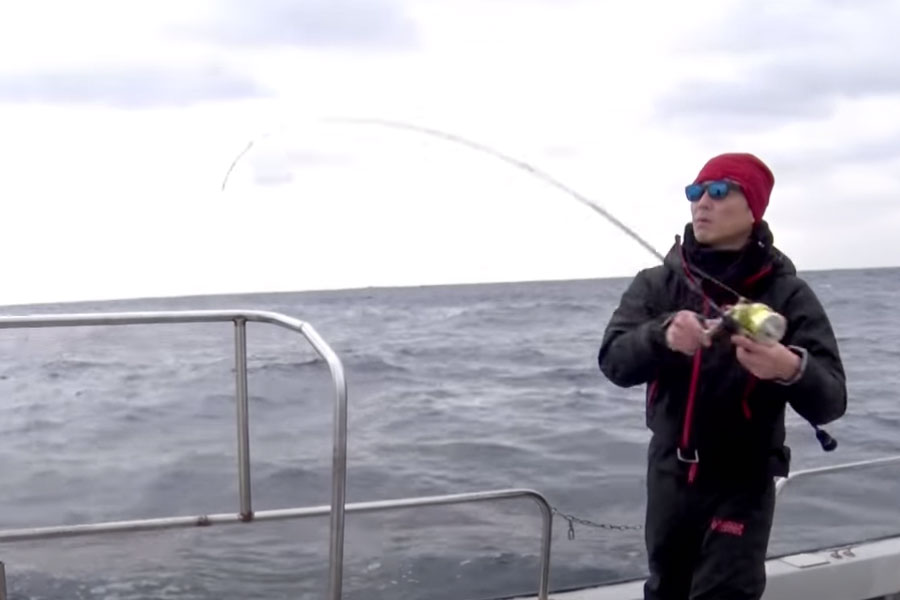
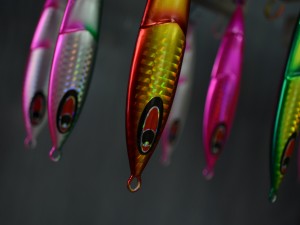
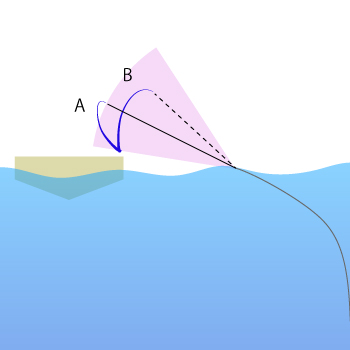

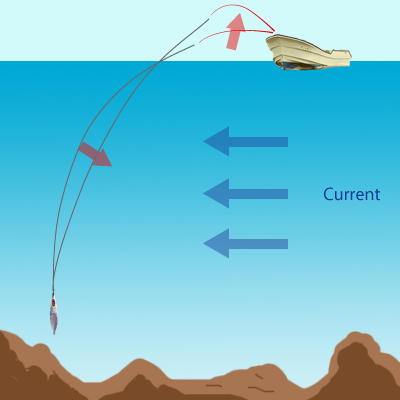
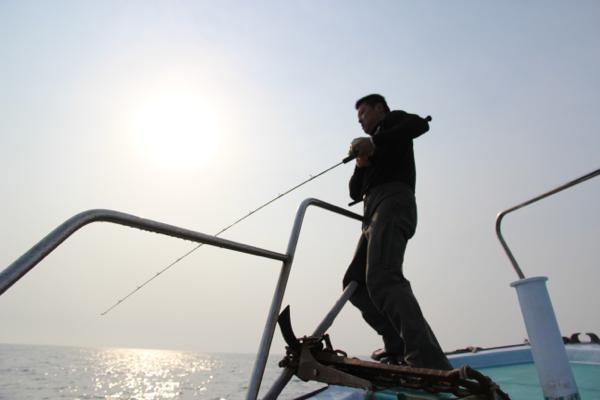
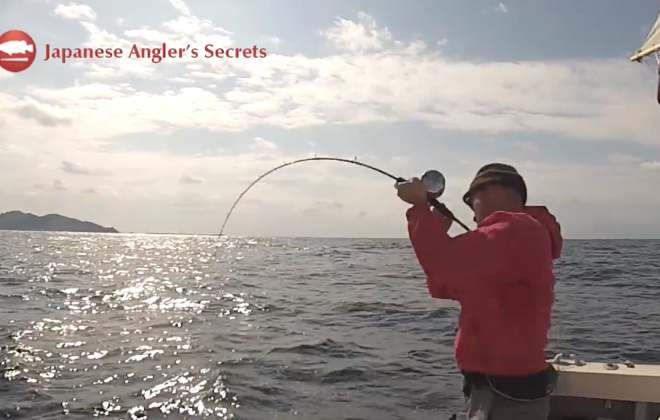
Hi Totos,
On the east coast of Australia here, this is something that we must balance almost everytime we send a jig out. One curious observation I have made is that a little bit of line tension on the initial drop can actually help stay vertical, which goes against the instinct to drop it without tension so it sinks as quick as possible. I imagine that tension helps the line cut through the vertical current, rather than the current happily running away with your line. Without tension (or concentration), it also means that the belly of line is sometimes so long, that your jig will lay flat on the seafloor and by the time you realise its there, the first pitch results in almost horizontal jig movement = snag = tears. Anyway, not an easy one to solve. Thanks for the discussion.
Hi Ben.
Thank you very much for pointing out the topic. It’s indeed a discussion.
Ocea Jigger has a feature called mechanical brake. It controls the speed (the tension) of free spool drop. Sato Sensei and other experts love to have this feature. Because, they say, there’s a lot happening on the drop. There are so much information you can collect. In order to do that, you need to put on a little tension.
Now I probably know half of what they are talking about. But I do put on a little tension too. If it slows down the drop too much in the current, I would put on a heavier jig or change to thinner line. But I still do put on a little tension. How much tension? Experience counts there. And the balance among jig weight, line size, and the tension do make a difference for experienced jiggers who always catch one fish more than anyone else.
Hi Totos,
In Israel we have mostly a quiet current, so when I am free drifting on a wreck or reef, most of the time, like Ben, I send the jig out. It is efficient at least for one lift (max 50m). Flotting anchor and send the jig out are the best solution here to stay vertical the maximum time. I had the pleasure of jigging in a sea without current and wind, (It can happen here few days per year) I felt like I was really playing slow pitch…but never caught a fish in that condition!
Hi Samuel.
I know what you are saying. No wind, no current. Perfect day to fish. For humans, that is. Often it’s too perfect for the fish to chase anything.
Hi Totos,
I’m often going fishing on my friends boat and sometimes we face this problem.
What is it exactly to control the drift? How do you do it? I understand how to do it when the drift is mostly due to the wind. But how to control the drift when only the current is pulling your jig away (for example during spring tide)? Should we just follow the jig while it’s falling (anytime we see an angle in the line position the boat in order to have vertical line again? If the current is strong enough this can lead to drift against the wind sometimes, only with the engines)?
Please let me know as I’ve seen to many of these days and I’d love to find a solution for that.
Cheers,
Raph
Hi Raph.
That is exactly the problem they tried to solve when Japanese fishermen came up with spanker sail. If you don’t do anything, the wind wants to push the side of the boat. But the boat only can go forward or aft. The spanker sail keeps the boat toward the wind, making it easy for the captain to stay with the current.
Of course there are more to it. I don’t know exactly but good captains do make a difference in various conditions.
I don’t know how to advise you Raph. Maybe you should come to Okinawa and fish with me? I will show you how the captain drift with the spanker.
Hehe,
I’d love that… I’m definitely planning to visit japan one day… I’ll let you know when.
Hi Raphael.
Yes. Looking forward to it!
I am located in southeast Florida. The ocean currents at 200 feet depth are very strong. I have just ordered a second setup for up to 450 grams. My question is, when I fish inshore in the Intracoastal waterway at depths of 10 to 20 feet can slow pitch jigging be used?
Hi Jeff.
Slow pitch jigging is a vertical game. In the shallow waters less than 30m (100ft) deep, a diagonal game should work better.
Try micro jigging with a small tungsten jig, it’s fun.
Hi Totos,
Can you illustrate with photos what is a spankered boat ? I presume there is a small sail raised to capture the wind so that the boat will drift in the same direction as the current ? Is it possible wind and current move in opposite direction ?
I am really curious about spankering a boat. I have a boat licence but I don’t come across this term.
Thank you.
Hi SPJ.
Have you checked out this article.
http://anglers-secrets.com/v2020/faq-why-does-it-have-to-be-so-vertical-for-slow-pitch-jigging/
Also one of my readers built his own spanker.
http://anglers-secrets.com/v2020/built-his-own-spanker-sail/
If it’s difficult to install spanker sail, you may want to consider “front radder”.
http://anglers-secrets.com/v2020/built-his-own-spanker-sail/
This guy installed electric winch, but I’m sure you can set up manually.
Japan is the only country you see spankers everywhere, almost in every jigging boats.
Thank you so much for your prompt and helpful reply.